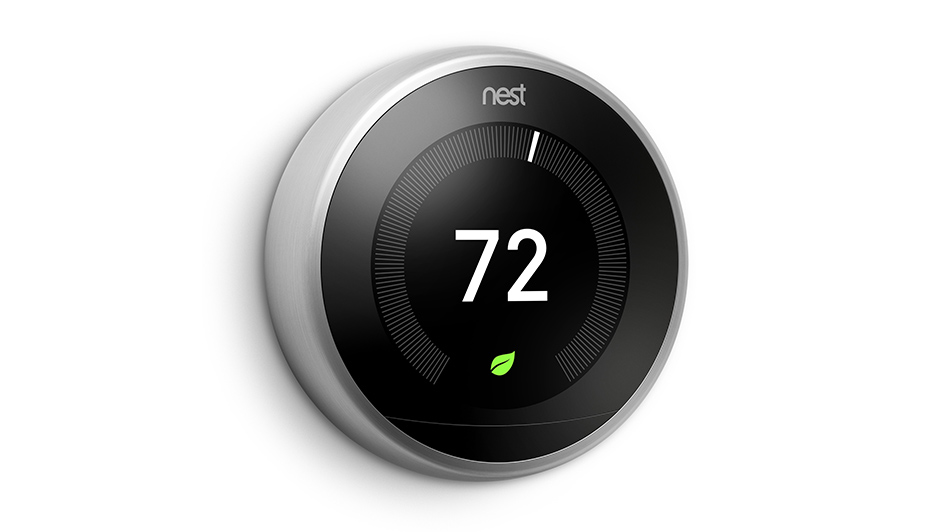
The Nest thermostat is one of the most popular smart thermostats you can buy. And for good reason. It learns your temperature preferences and develops an energy-efficient schedule to match. And by geofencing with your phone, the Nest Learning Thermostat and Nest E know when you’re at your residence or out and about and can change temperatures to help you save even more.
The Nest can be used with a vast range of 24-volt heating and cooling systems, but it’s always a smart idea to check the Nest thermostat compatibility checker before installing one. Don’t forget to check with your energy company for valuable rebates, because you could be able to get a Nest for free or close to it.
Once you’ve made sure it’s compatible, you can either wire it yourself or contact a HVAC professional like Fire & Ice HVAC. If you’re putting it in yourself, you’ll spot a terminal for the C-wire, or common wire. This wire is only used for powering your thermostat. If your house or HVAC system is older, you might not have one of these wires. Most of the time, Nest says this isn’t a problem as the thermostat can draw ample power from other heating and cooling wires.
In some cases, your heating and cooling system might need that C-wire. And here’s why.
Why Your Nest Keeps Losing Power and Other Issues
The Google Nest Thermostat is an improvement from aging programmable thermostats that use a combination of wiring and AA batteries for power. It uses a rechargeable lithium-ion battery and wiring to connect to Wi-Fi, power its digital display and turn on your heating and cooling system.
8 Common Nest Thermostat Issues
If it can’t receive enough juice, Nest says you might run into some of these issues:
- Poor battery life.
- Thermostat motion sensing won’t operate.
- Your thermostat every now and then disconnects from Wi-Fi.
- Your system suddenly turns on or off, or won’t shut off.
- Your system is making strange noises, like chattering, stuttering, clicking or thumping.
- Heating or cooling is short cycling, or repeatedly turning on and off in a short period of time.
- There is a delay notice on your Nest thermostat’s screen, such as “heating is delayed for 2:30 minutes.”
- The system fan is continuously on, won’t switch on or turns off and on rapidly in a short period of time.
You may think something is wrong with your heating and cooling system, but if you just started using the Nest, we advise you check your thermostat first. This is especially true if the weather is moderate, and you haven’t been running your heat or air conditioning frequently.
Our Specialists Can Solve Nest Thermostat Problems
If you’ve attempted Nest thermostat troubleshooting without help but can’t repair the issue, a smart thermostat specialist such as one from Fire & Ice HVAC can provide support. We can identify the problem and put in a C-wire, if needed.
Smart thermostats like the Nest are created to make your life easier, with automatic energy-efficient programming and the ability to keep an eye on settings while you’re away from home. It’s a time-consuming experience when yours won’t operate correctly, but our heating and cooling experts at Fire & Ice HVAC can fix the problem fast.
If you’re going through weird heating and cooling behavior with your new Nest, call us at 703-595-4157 to set up your appointment now.
